Carmen Reserve Cabernet Sauvignon 2000
-
Wine
Enthusiast

Product Details
Your Rating
Somm Note
Winemaker Notes
Wine and Food: Serve this wine with Filet Mignon, roast prime rib, roast duck, rabbit, lamb cutlets, meatballs, ratatouille, kebab, rich pasta dishes. Cheeses: Gruyère, Manchengo, Parmesan, Cantal, Cheddar.
Professional Ratings
- Wine Enthusiast
Other Vintages
2005-
Wine &
Spirits
-
Wine &
Spirits
-
Wine &
Spirits
-
Wine
Enthusiast


Carmen, the oldest of the Chilean wine brands, was founded in 1850 by Christian Lanz, who named it in honor of his wife. The Claro family acquired the brand in 1985 and began the process of transforming it into a world-class winery. A new winery was completed in 1992, located in the foothills of the Andes Mountains, just one hour from Chile's capital city of Santiago. Today, the winery seamlessly blends state-of-the-art technology with traditional winemaking processes.
The Carmen team firmly believes in terroir and is continually reevaluating regions and plantings in a quest to produce super premium wines that can stand shoulder to shoulder with the world’s finest. Carmen's vineyards are located throughout Chile's prestigious Central Valley in the premium growing regions of Maipo, Casablanca, Apalta, Rapel and Maule.
Carmen takes pride in its pioneering history. Carmen was the first winery in Chile to cultivate grapes organically (released under the Nativa label) and the first winery to identify and cultivate Carmenère, a variety that originated in Bordeaux but is no longer largely cultivated in France.

A noble variety bestowed with both power and concentration, Cabernet Sauvignon enjoys success all over the globe, its best examples showing potential to age beautifully for decades. Cabernet Sauvignon flourishes in Bordeaux's Medoc where it is often blended with Merlot and smaller amounts of some combination of Cabernet Franc, Malbecand Petit Verdot. In the Napa Valley, ‘Cab’ is responsible for some of the world’s most prestigious, age-worthy and sought-after “cult” wines. Somm Secret—DNA profiling in 1997 revealed that Cabernet Sauvignon was born from a spontaneous crossing of Cabernet Franc and Sauvignon Blanc in 17th century southwest France.

Dramatic geographic and climatic changes from west to east make Chile an exciting frontier for wines of all styles. Chile’s entire western border is Pacific coastline, its center is composed of warm valleys and on its eastern border, are the soaring Andes Mountains.
Chile’s central valleys, sheltered by the costal ranges, and in some parts climbing the eastern slopes of the Andes, remain relatively warm and dry. The conditions are ideal for producing concentrated, full-bodied, aromatic reds rich in black and red fruits. The eponymous Aconcagua Valley—hot and dry—is home to intense red wines made from Cabernet Sauvignon, Syrah and Merlot.
The Maipo, Rapel, Curicó and Maule Valleys specialize in Cabernet and Bordeaux Blends as well as Carmenère, Chile’s unofficial signature grape.
Chilly breezes from the Antarctic Humboldt Current allow the coastal regions of Casablanca Valley and San Antonio Valley to focus on the cool climate loving varieties, Pinot Noir, Chardonnay and Sauvignon Blanc.
Chile’s Coquimbo region in the far north, containing the Elqui and Limari Valleys, historically focused solely on Pisco production. But here the minimal rainfall, intense sunlight and chilly ocean breezes allow success with Chardonnay and Pinot Noir. The up-and-coming southern regions of Bio Bio and Itata in the south make excellent Riesling, Chardonnay and Pinot Noir.
Spanish settlers, Juan Jufre and Diego Garcia de Cáceres, most likely brought Vitis vinifera (Europe’s wine producing vine species) to the Central Valley of Chile sometime in the 1550s. One fun fact about Chile is that its natural geographical borders have allowed it to avoid phylloxera and as a result, vines are often planted on their own rootstock rather than grafted.
